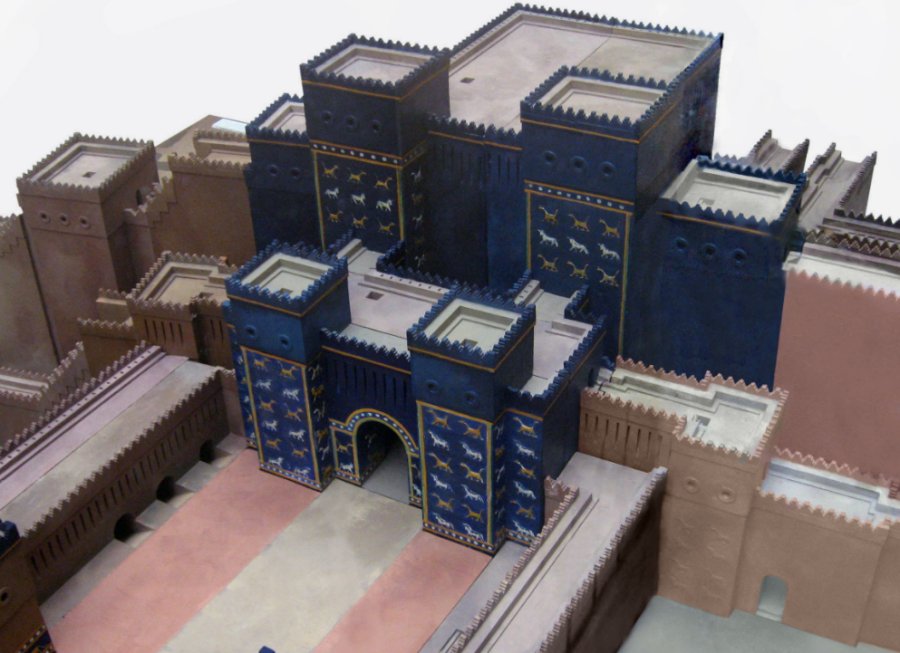Ishtar Gate, The Eighth Gate Of The Inner City Of Babylon
A. Sutherland - AncientPages.com - The Ishtar Gate was constructed by the Babylonian King Nebuchadnezzar II circa 575 BC.
City model of the main procession street (Aj-ibur-shapu) and Ishtar Gate in Babylon. Model at the Pergamonmuseum. Gryffindor - Public Domain
This enormous burnt-brick entryway was located over the main thoroughfare in the ancient city of Babylon (now in Iraq). Built about 575 BC, it became the eighth fortified gate in the city.
The Ishtar Gate was more than 38 feet (12 meters) high and was decorated with glazed brick reliefs, in tiers, of dragons and young bulls.
The gate itself was a double one, and on its south side was a vast antechamber. Through the gatehouse ran a stone- and brick-paved avenue, called the Processional Way, a major road in which burned bricks and carefully shaped stones were laid in bituminous mortar.
It has been traced over a length of more than half a mile.
In his book "Babylon: Mesopotamia and the Birth of Civilization", Paul Kriwaczek, Paul writes:
"Beyond E-Sagila and Etemenanki, visitors to Babylon passed through another gate to enter the adjoining quarter: ‘From the Grand Gate to the Ishtar Gate is called Ka-Dingir-ra’, says the itinerary. Ka-Dingira is Sumerian for the Akkadian Bab-Ilum, Babylon, interpreted as meaning Gate of God; perhaps this area was the original nucleus of the urban foundation.
The reconstruction of the Ishtar Gate in the Pergamon Museum in Berlin. Image credit: Rictor Norton - source - CC BY 2.0
Thus Eridu, the original locus of Mesopotamian culture, and Babylon, its final and most glorious expression were here symbolically united in facts on the ground.
The Ka-Dingir-ra quarter contained the most spectacular of Nebuchadnezzar’s urban-renewal projects: his own magnificent palaces, the processional way, its walls magnificently decorated with glazed-tile lions, leading to the Marduk temple through the magnificent 18-meter-high Ishtar Gate with its crenelated bastions, their glittering blue façades adorned with bulls and dragons in white and ochre, and bearing a long inscription by the king himself:
This street of Babylon had become increasingly lower, I pulled down the gates and re-laid their foundations at the water table with asphalt and bricks.
I had them remade of bricks with blue stone on which wonderful bulls and dragons were depicted. I covered their roofs by laying majestic cedars lengthwise over them. I fixed doors of cedar wood trimmed with bronze in all the gates.
This is the so-called inscription plaque (or building inscription) of the Ishtar Gate appears. The cuneiform inscriptions of the whole text read, "I (Nebuchadnezzar) laid the foundation of the gates down to the groundwater level and had them built out of pure bluestone. Upon the walls in the inner room of the gate are bulls and dragons and thus I magnificently adorned them with luxurious splendor for all mankind to behold in awe." These glazed bricks were found near the main Ishtar Gate during the German excavations of the area, 1902-1914 CE. Neo-Babylonian period, circa 575 BCE. From Babylon, Iraq. Pergamon Museum, Berlin, Germany. Image credit: Osama Shukir Muhammed Amin FRCP(Glasg) - CC BY-SA 4.0
I placed wild bulls and ferocious dragons in the gateways and thus adorned them with luxurious splendor so that Mankind might gaze on them in wonder..."
The sides of the street were decorated with brick lions passant. It has been estimated that there were 120 lions along the street and 575 dragons and bulls, in 13 rows, on the gate.
Not all of these reliefs were visible at the same time, however, for the level of the street was raised more than once; even the lowest rows, which were irregularly laid, may have been treated as foundation deposits.
The site was unearthed by the prominent German archaeologist Robert Koldewey, whose excavation of Babylon lasted from 1899 until 1917. The remnants of the original gate and Processional Way have been housed in Berlin’s Pergamon’s Museum since that institution’s founding in 1930.
Iraq reconstructed the thoroughfare at one of the higher levels but since the 1990s has actively sought the return of the original gate and associated artifacts.
Written by – A. Sutherland AncientPages.com Staff Writer
Copyright © AncientPages.com All rights reserved. This material may not be published, broadcast, rewritten or redistributed in whole or part without the express written permission of AncientPages.com
More From Ancient Pages
-
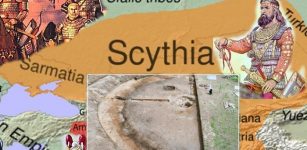 2,500-Year-Old Scythian Warrior Found In Untouched Grave In Siberian ‘Valley Of The Kings’
Archaeology | Jan 7, 2020
2,500-Year-Old Scythian Warrior Found In Untouched Grave In Siberian ‘Valley Of The Kings’
Archaeology | Jan 7, 2020 -
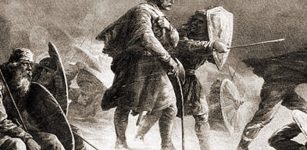 On This Day In History: Sverre Sigurdsson Became King Of Norway – On June 29, 1194
News | Jun 29, 2016
On This Day In History: Sverre Sigurdsson Became King Of Norway – On June 29, 1194
News | Jun 29, 2016 -
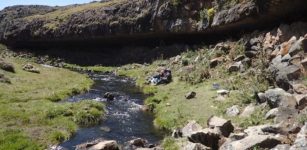 Humans In Africa Fled To The Mountains During The Last Ice Age
Archaeology | Aug 9, 2019
Humans In Africa Fled To The Mountains During The Last Ice Age
Archaeology | Aug 9, 2019 -
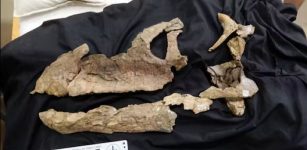 First Near-Complete Sauropod Dinosaur Skull Found In Australia Hints At Ancient Links Between Continents
Featured Stories | Apr 13, 2023
First Near-Complete Sauropod Dinosaur Skull Found In Australia Hints At Ancient Links Between Continents
Featured Stories | Apr 13, 2023 -
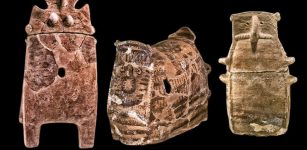 Blue Eyed People In Northern Israel 6,500 Years Ago: New DNA Results
Archaeology | Aug 22, 2018
Blue Eyed People In Northern Israel 6,500 Years Ago: New DNA Results
Archaeology | Aug 22, 2018 -
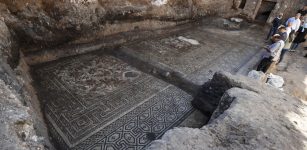 Rare Roman Mosaic Of Amazon Warriors Unearthed In Syria Hailed As Major Archaeological Discovery
Archaeology | Oct 12, 2022
Rare Roman Mosaic Of Amazon Warriors Unearthed In Syria Hailed As Major Archaeological Discovery
Archaeology | Oct 12, 2022 -
 Did An Ancient Supernova Force Humans To Walk Upright?
Human Beginnings | Oct 24, 2019
Did An Ancient Supernova Force Humans To Walk Upright?
Human Beginnings | Oct 24, 2019 -
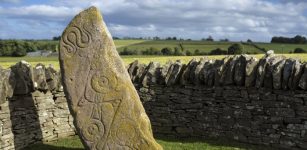 DNA Study Sheds Light On The Mysterious Picts Of Scotland
DNA | Jul 7, 2023
DNA Study Sheds Light On The Mysterious Picts Of Scotland
DNA | Jul 7, 2023 -
 Boobrie: Shape-Shifting Mythical Horror Bird From Scottish Highlands
Featured Stories | Feb 9, 2017
Boobrie: Shape-Shifting Mythical Horror Bird From Scottish Highlands
Featured Stories | Feb 9, 2017 -
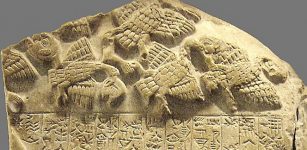 Sumerian Stele Of The Vultures: Oldest Known Historical Records Carved On Limestone
Featured Stories | Sep 1, 2016
Sumerian Stele Of The Vultures: Oldest Known Historical Records Carved On Limestone
Featured Stories | Sep 1, 2016 -
 Focus On Turkana Boy: Modern Human Body Evolved More Recently Than Once Believed
Archaeology | Jul 8, 2020
Focus On Turkana Boy: Modern Human Body Evolved More Recently Than Once Believed
Archaeology | Jul 8, 2020 -
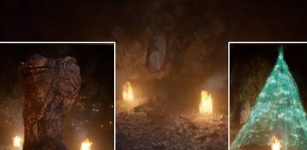 La Garma Cave Offers Evidence Of Over 300,000 Years Of Human Activity
Featured Stories | Dec 5, 2023
La Garma Cave Offers Evidence Of Over 300,000 Years Of Human Activity
Featured Stories | Dec 5, 2023 -
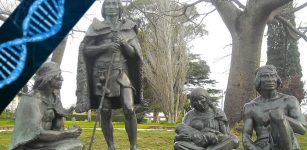 Ancient DNA Sheds Light On ‘Lost’ Indigenous People Of Uruguay And Reveals A Surprising Connection
Archaeology | May 11, 2022
Ancient DNA Sheds Light On ‘Lost’ Indigenous People Of Uruguay And Reveals A Surprising Connection
Archaeology | May 11, 2022 -
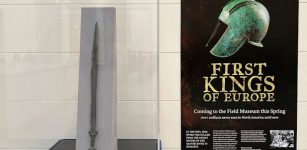 Surprising Discovery – Replica In The Field Museum Is A 3,000-Year-Old Sword
Artifacts | Jan 18, 2023
Surprising Discovery – Replica In The Field Museum Is A 3,000-Year-Old Sword
Artifacts | Jan 18, 2023 -
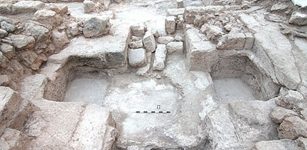 Search For The Elusive Tomb Of The Maccabees – Has The Tomb Finally Been Found?
Civilizations | Sep 23, 2015
Search For The Elusive Tomb Of The Maccabees – Has The Tomb Finally Been Found?
Civilizations | Sep 23, 2015 -
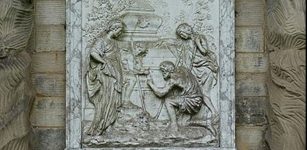 Shepherd’s Monument Mystery: Yet Another Undeciphered Inscription
Featured Stories | Jun 26, 2023
Shepherd’s Monument Mystery: Yet Another Undeciphered Inscription
Featured Stories | Jun 26, 2023 -
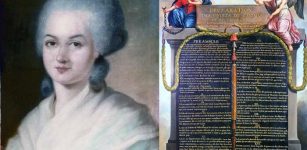 Olympe De Gouges – First French Feminist Challenged Maximilien de Robespierre And The Jacobins
Featured Stories | Nov 12, 2018
Olympe De Gouges – First French Feminist Challenged Maximilien de Robespierre And The Jacobins
Featured Stories | Nov 12, 2018 -
 Boann – The Goddess Who Gave Life To The River Boyne In Celtic Mythology
Celtic Mythology | Jun 9, 2018
Boann – The Goddess Who Gave Life To The River Boyne In Celtic Mythology
Celtic Mythology | Jun 9, 2018 -
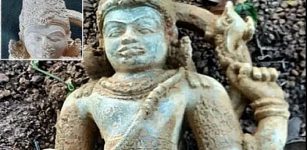 12th Century Idol Of Vishnumurthy Unearthed In Abandoned Well Near Udupi, India
Archaeology | Feb 26, 2021
12th Century Idol Of Vishnumurthy Unearthed In Abandoned Well Near Udupi, India
Archaeology | Feb 26, 2021 -
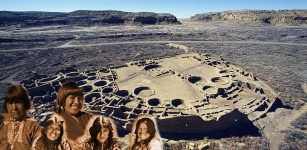 Ancient Chaco Was Organized Society Ruled By Women, Study Suggests
Archaeology | Mar 6, 2017
Ancient Chaco Was Organized Society Ruled By Women, Study Suggests
Archaeology | Mar 6, 2017

